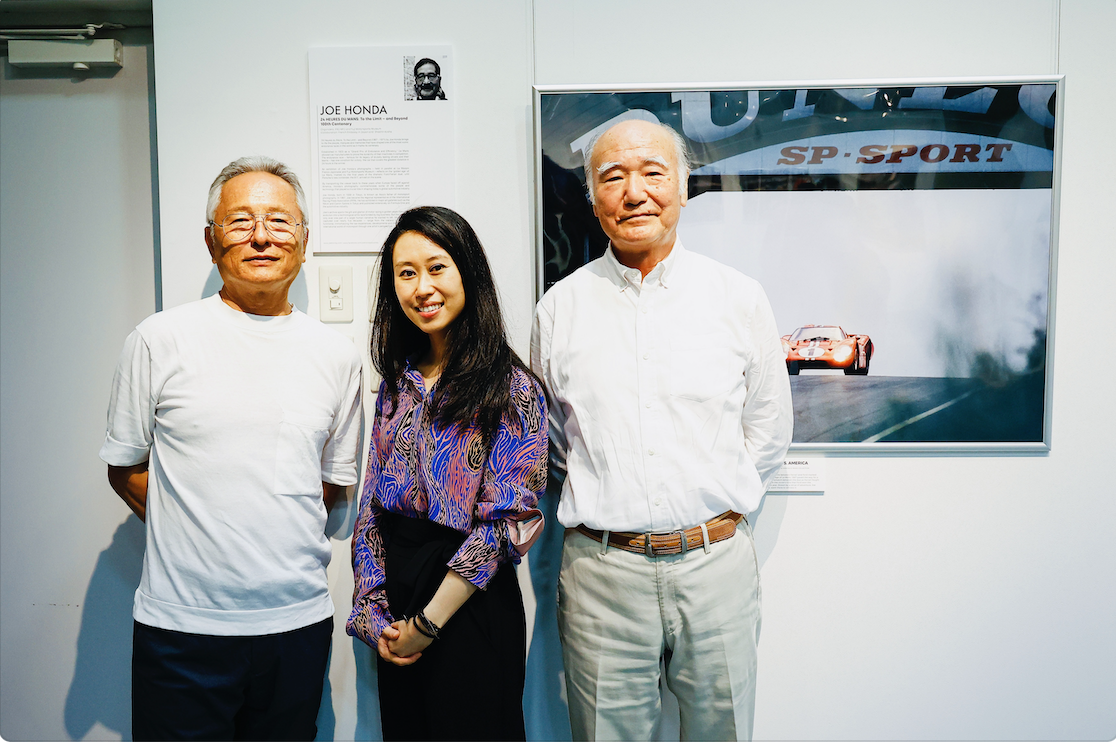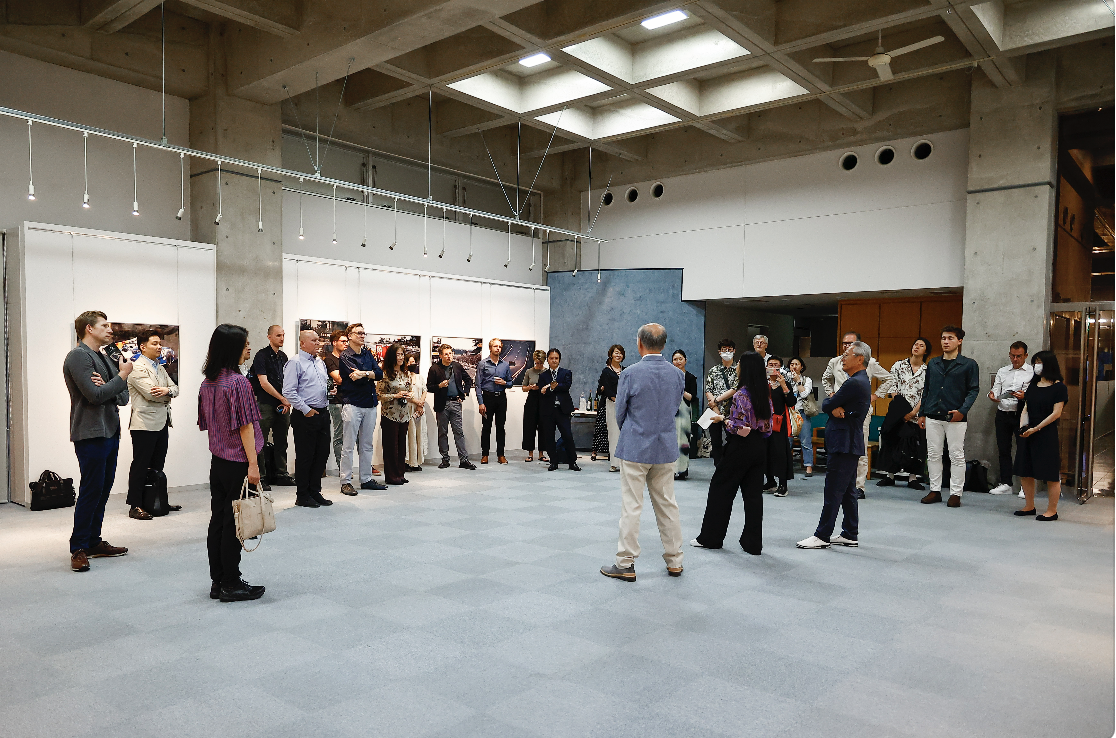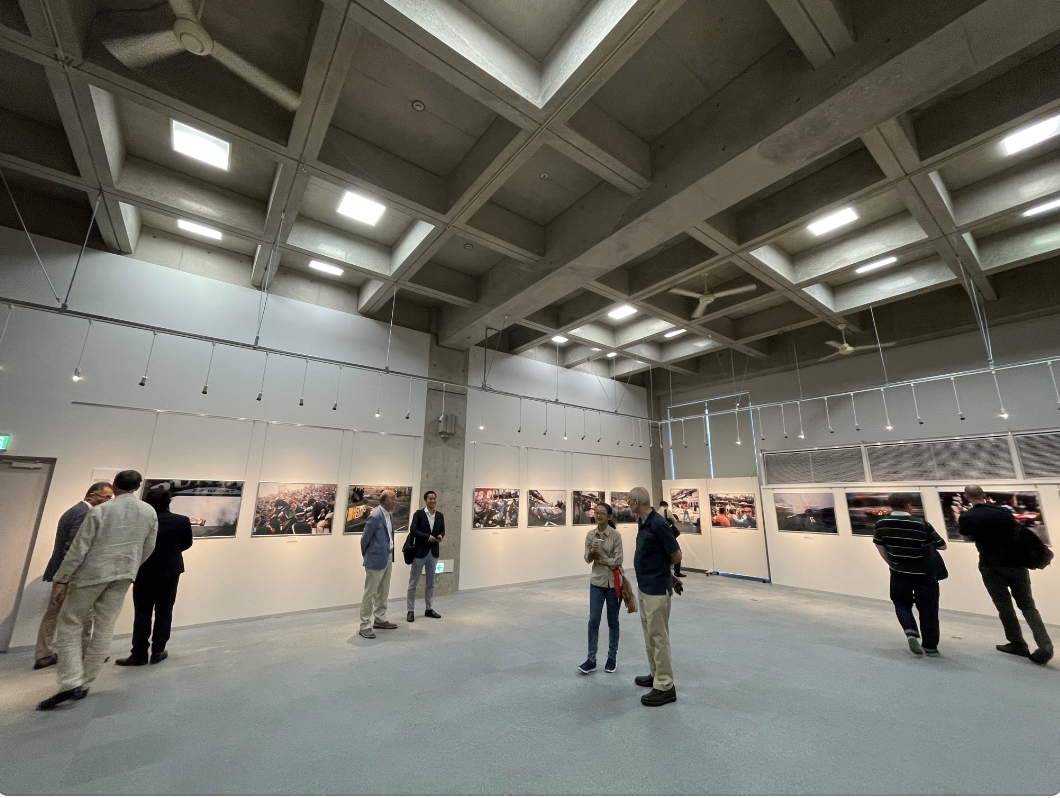Scottish racing legend Jim Clark - captured by Joe Honda - was also known as the ‘Flying Scotsman.’
The photography of Joe Honda (Nobuyuki Jozuka), Asia’s ‘father’ of motorsport photography, brings to life the behind the scenes at the inaugural Indy 200 exhibition race at the Fuji Speedway International circuit in October 1966.
Joe Honda had always been fascinated by speed and the Indy style race was an opportunity to get close to the reality of motor racing. We go from behind the scenes at a race briefing, visiting the pits with mechanics working on the cars, shots from the race to its conclusion capturing Jackie Stewart with the winners trophy.
The Jim Clark Motorsport Museum is located in Duns, a town in the Scottish Borders, Scotland.
Although he did not take part in the end Jim Clark dominates the event in Joe Honda’s lens. Jim Clark and Lotus were the reigning Formula One world champions. Jim is seen talking with fellow drivers and mechanics, and also his team owner and friend Colin Chapman. It also inspired Joe Honda to move to Europe in 1967 where he started a lifetime covering motorsport across the world, the first photographer from Asia to do so. Emiko Jozuka, Joe’s daughter said “I’m genuinely grateful to the Jim Clark Motorsport Museum for the opportunity to share these historical and rare images with a broader public.”
Organisation: The Jim Clark Motorsport Museum, the Jim Clark Trust, Live Borders and the Joe Honda Archive
Support: The Japan Society of Scotland, the Consulate General of Japan in Edinburgh and Shashin Kosha
More information on the Japan Consulate’s speech can be found here. The exhibition page can be found on Live Border’s website.
Exhibition dates: March to November, 2024
Location: The Jim Clark Motorsport Museum, Duns, Scotland
Press coverage via CNN: Japan’s Indy 200: Remembering the first time IndyCars raced at Fuji Speedway












